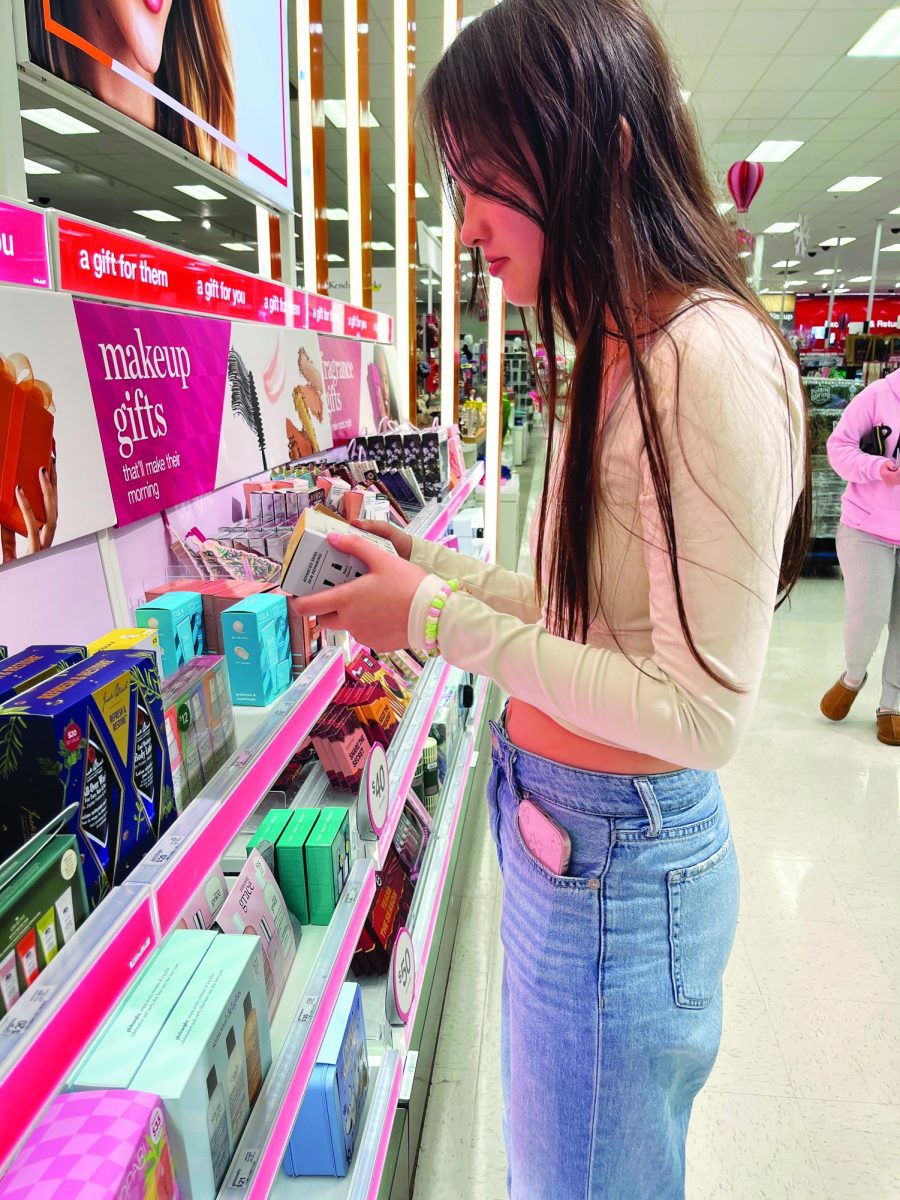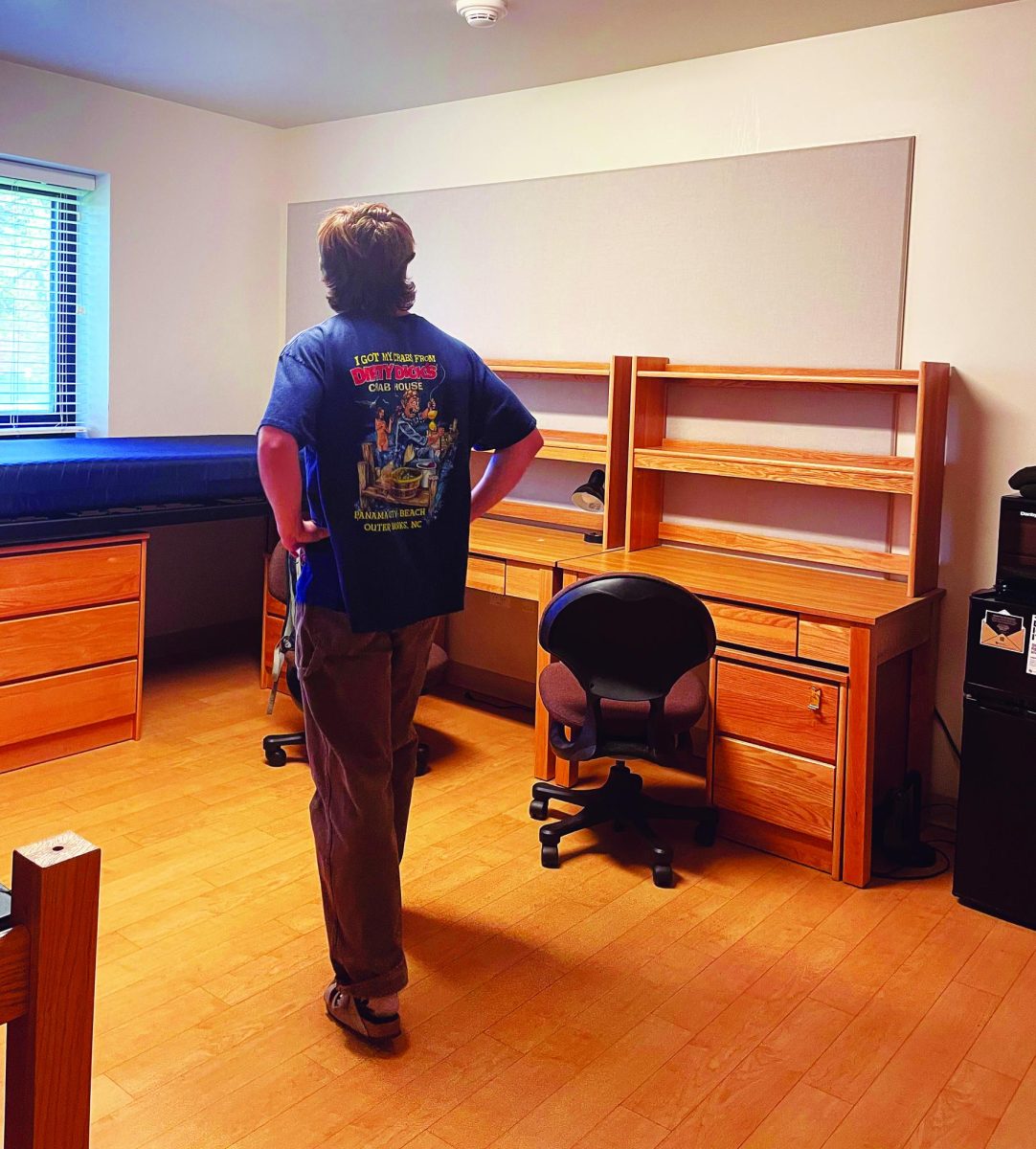As social media influencers promote skin care there have been positive effects on teens’ skin, but this has also led to stores running out of skin care inventory.
Ulta manager Victoria Sizer has dealt with the increase in teenage customers at Ulta.
“Most of the time teenagers who look for skincare products usually get it to deal with acne,” Sizer said. “The most popular brand teenagers buy is [The] Ordinary moisturizers.”
According to Sizer, people spend $100 to $150 on average on their skincare products.
Anti-aging and acne curing ingredients are what teenagers typically look for in products.
Dermatologist Rhonda Grieser feels supportive of the rise of skincare awareness within today’s society.
Grieser believes that “people should start demonstrating skincare awareness” on people of younger ages and introduce “moisturizers at later ages.”
“Sun protection should be started from infants and up. So honestly it depends on everyone’s preference based on personal needs,” Grieser said. “Three key products I recommend are gentle cleansers, moisturizers and sunscreen.”
Grieser feels that the skincare craze is beneficial because more people are getting into sunscreen, which is healthy for them.
“Sunscreen prevents skin cancer “and is a “healthy habit for teens to get into.”
She also said that Retinol is okay for teenagers to use as long as they are using it correctly.
“Retinol can cause dryness and skin irritation and not over-applying can help the product be better tolerated. Applying to dry skin, meaning an hour after washing your face, is going to help it be less irritated,” Grieser said. “It can be started in teen years especially if there’s black pores. It can help the pores and help limit black heads and just acne prevention.”
Senior Loi Le is into skincare with a nine- step skincare routine. Le began doing skincare in middle school due to his acne.
“The big factor for getting myself into skincare is to look more healthy and to stop my acne condition. I used to have really bad acne and oily skin,” Le said. “Once I started taking care of my skin [and] trying to be healthier, it did stop and reduce the acne and the oil on my face.”
Le said he is willing to spend “around $500 worth of skincare,” but feels that “you don’t have to spend $500.”
“You could spend $10 and still look good,” Le said.
Freshman Leandra Abo Elyamine was influenced by social media, specifically TikTok, to start skincare.
“During quarantine, I got really bored and TikTok was starting to become a big thing so I went on TikTok a lot of the time since everyone else was also bored in quarantine. People made a lot of skincare videos so it was just like I wanted to join,” said Abo Elyamine.
Korean skincare, also known as K-Beauty, has also been on the rise for its different approach to skincare from the West.
According to Healthline, K-beauty aims to help the user’s skin by “cleansing, hydrating, nourishing, and protecting it.”
K-Beauty routines are also known for their long regimens, with routines often incorporating 10 steps.
Routines often include everything from oil-based cleansers to toners and eye cream.






